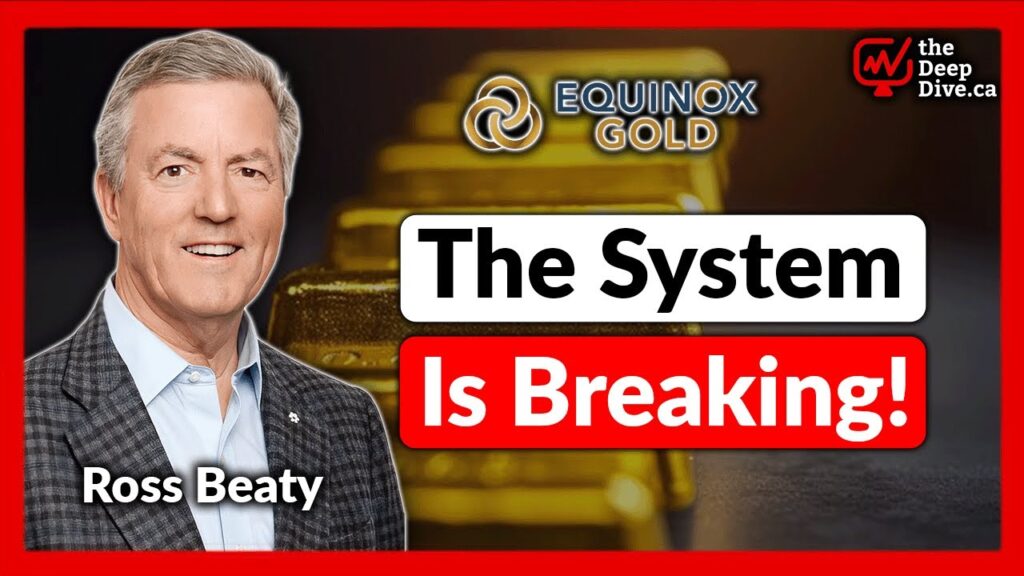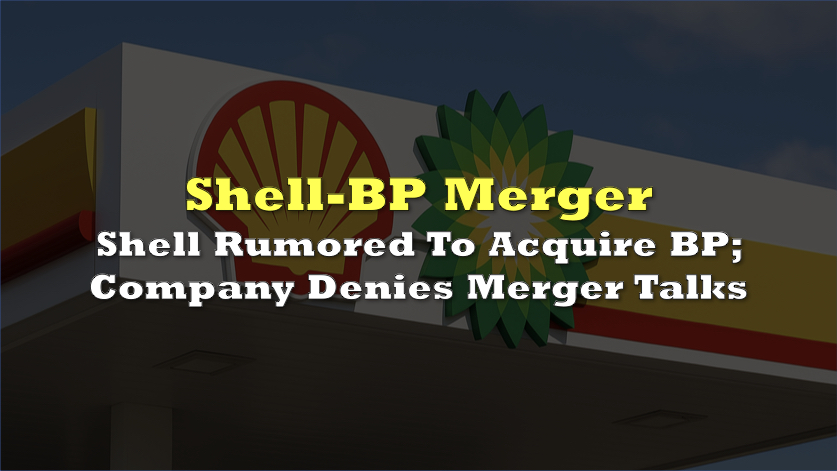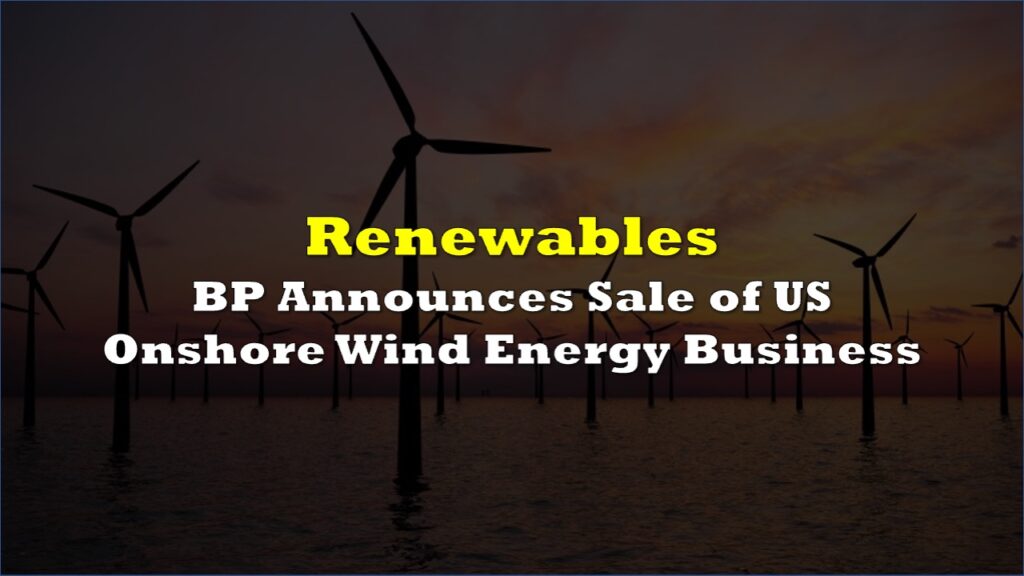BP (NYSE: BP) reported a sharp drop in third-quarter profits for 2024, with profits declining by approximately 30% from the previous quarter to $2.3 billion, the company’s weakest quarterly result in nearly four years. Despite this, BP’s performance exceeded market expectations, largely due to favorable gas prices, even as refining margins and oil trading results weighed on the company’s financials.
The British energy giant posted underlying replacement cost (RC) profit—BP’s preferred metric for net income—of $2.3 billion, a significant drop from $3.3 billion a year prior and down from $2.8 billion in the previous quarter. Analysts had anticipated lower numbers, with BP’s results surpassing the expected $2.05 billion in underlying RC profit.
“We continue to see energy demand growing as we look through the next few decades, with hydrocarbons remaining central to the energy system as the world decarbonises,” remarked BP CEO Murray Auchincloss, indicating the company’s commitment to maintaining growth despite current financial constraints .
This quarter’s downturn reflects the broader energy sector struggles, with softer refining margins and weaker oil trading figures impacting revenues. However, BP noted that gas prices, which saw a slight rise, helped offset some of the weaker oil results. Gas production increased by 3% year-over-year, with the segment’s RC profit rising by $400 million compared to the previous quarter.
BP has made substantial adjustments to its operations and investments, aiming to optimize efficiency and support shareholder returns amid a challenging market. The company’s refining availability reached approximately 96%, helping maintain operational continuity despite the reduced profit margin in the refining segment. BP has been divesting underperforming assets and focusing on high-return projects to optimize cash flow and achieve long-term growth. Recent divestments include selling assets in the U.S. wind sector and withdrawing from early-stage biofuel and hydrogen projects .
Auchincloss emphasized BP’s ongoing efforts to simplify and focus its operations, stating, “We have made significant progress year to date since we laid out our six priorities that support making BP a simpler, more focused, and higher-value company.”
The company’s cost-cutting measures aim to yield around $2 billion in sustainable cost savings by the end of 2026, supported by operational transformations, digital initiatives, and supply chain efficiencies.
Increased investment activities, such as the recent acquisition of a 50% stake in BP Bunge Bioenergia and full acquisition of Lightsource BP, led BP’s net debt to rise from $22.6 billion to $24.3 billion over the quarter. BP highlighted that these acquisitions support its longer-term goals for expanding in renewable energy and biofuels.
Despite the debt increase, the company’s gearing ratio—a measure of its debt-to-market-capitalization—remains manageable at 23.3%, up from 20.3% the previous year .
“We remain confident that our balance sheet can comfortably accommodate the $3.7 billion of reported finance debt expected to be consolidated from the recently completed BP Bunge Bioenergia and Lightsource BP transactions,” said Chief Financial Officer Kate Thomson.
In a bid to maintain investor confidence, BP announced a steady dividend of 8 cents per share and a share buyback of $1.75 billion, part of a broader commitment to return surplus cash flow to shareholders. The company has consistently prioritized share buybacks and dividends, committing to a total of at least $14 billion in buybacks by 2025. However, BP plans to review this guidance early next year as it assesses medium-term financial goals and market conditions.
Looking ahead, BP expects oil production to be slightly lower in the fourth quarter, with refining margins remaining under pressure. However, the company remains optimistic about the potential for its high-value projects to yield positive results, particularly in upstream oil and gas .
Information for this story was found via the sources and companies mentioned. The author has no securities or affiliations related to the organizations discussed. Not a recommendation to buy or sell. Always do additional research and consult a professional before purchasing a security. The author holds no licenses.









